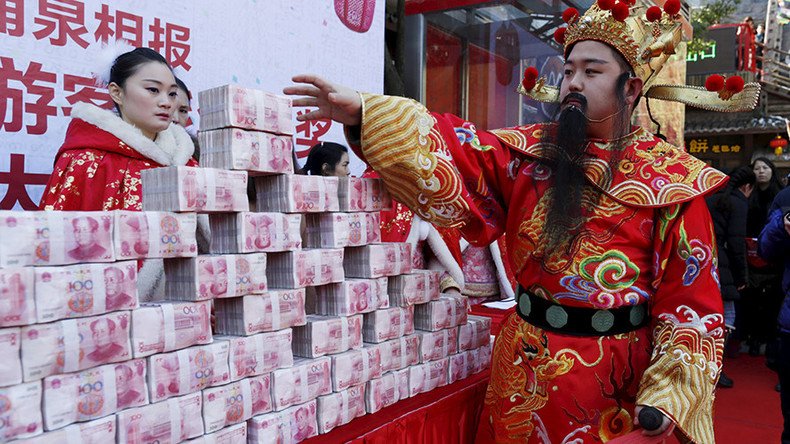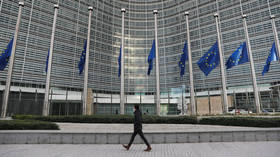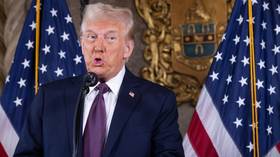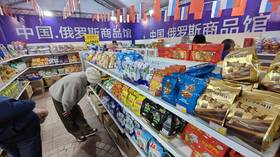Goldman predicts $700bn capital outflow, weaker yuan for China in 2016

The world’s second biggest economy will see $700 billion leave the country this year, says Goldman Sachs. However, a currency crisis in China is unlikely to happen soon, according to the bank.
Even though capital outflows from China have grown from 2013, the main concern is declining foreign reserves of the People's Bank of China, according to the Goldman Sachs report, quoted by Business Insider.
Goldman says the situation is not yet critical. China’s reserves stand at $3.2 trillion, off from the more than $4 trillion peak. Goldman Sachs still calls it a "comfortable level".
At present, Chinese reserves cover 22 months of imports. The IMF benchmark is three months. China’s ratio of reserves to short-term debt is over 300 percent, while the Greenspan-Guidotti rule states this ratio should cover 100 percent of short-term debt.
However, Barclays has put forward an alternative forecast, saying China has entered a “zugzwang” in forex reserves, which could fall below what the bank estimates as comfortable levels in as little as six months.
Goldman also predicted a further weakening of the Chinese currency this year, down to seven yuan to the dollar, compared to the current 6.5 exchange.
According to Goldman Sachs, the reasons are China’s debt overhang, overall slowdown in the economy, Beijing’s aim for a weaker currency, as well as additional pressure from the US Federal Reserve which is expected to raise interest rates three times this year.













